A garden is only as good as its soil! Many first-time gardeners assume that you can just plop a plant into any old soil, and it’ll grow beautifully—and that might be the case if you’re lucky enough to have nice, fertile soil. But most of us have to amend our soils for both nutrients (adding in the goodies our plants want to “eat”) and condition (the way the soil feels—heavy, clay, sandy, loamy, etc.).
There are folks who spend their entire career analyzing and optimizing soil, but don’t worry, you don’t have to be a soil scientist to build great soil in your garden, and we’re going to show you how! To make sure you have good soil in your garden, you can go one of two ways: you can either amend the soil you already have on hand or bring in new soil—either way you go, you’ll need to follow the same method to maximize your soil health.
Growfully Protip
Dirt is the word for soil that is anywhere it’s not supposed to be! In your garden bed? It’s soil! Under your fingernails? That’s dirt.

Table of Contents
Should I use the soil I have or bring in new soil?
When starting a new garden, by far the most affordable way to go is to use the soil you already have on hand. The problem there is that a lot of folks don’t have high quality soil just kicking around in their backyard.
Many times, soil in your yard can be depleted of nutrients, compacted from being walked on, packed full of weed seeds, and even toxic to your plants if your lawn has been treated with herbicides and other synthetic chemicals. You can definitely amend your soil to have more nutrients and be better conditioned, but that process takes multiple growing seasons—and the herbicide problem can persist for decades.
The benefits of purchasing soil from an outside source are pretty numerous—especially if it’s important to you to grow big beautiful plants quickly.

Most soils for sale are almost completely weed-free, and most of them are also nutrient balanced and have a plant-friendly pH to start with. If you are working in a small space (containers or a small amount of raised beds), you’ll be fine grabbing a few bags of organic garden soil and compost from your local garden center.
For beds that are a bit larger, you might want to buy soil in bulk or have it delivered. Many aggregate sellers (the places you go to buy bulk gravel and mulch) will sell all kinds of high-quality garden soil combos. A common combination I’ve seen for sale is one-third screened topsoil, one-third sand, and one-third compost. I recommend doing your research though! You want to find out where the soil comes from, what went into the process of making the compost, and what (if any) chemicals were used.
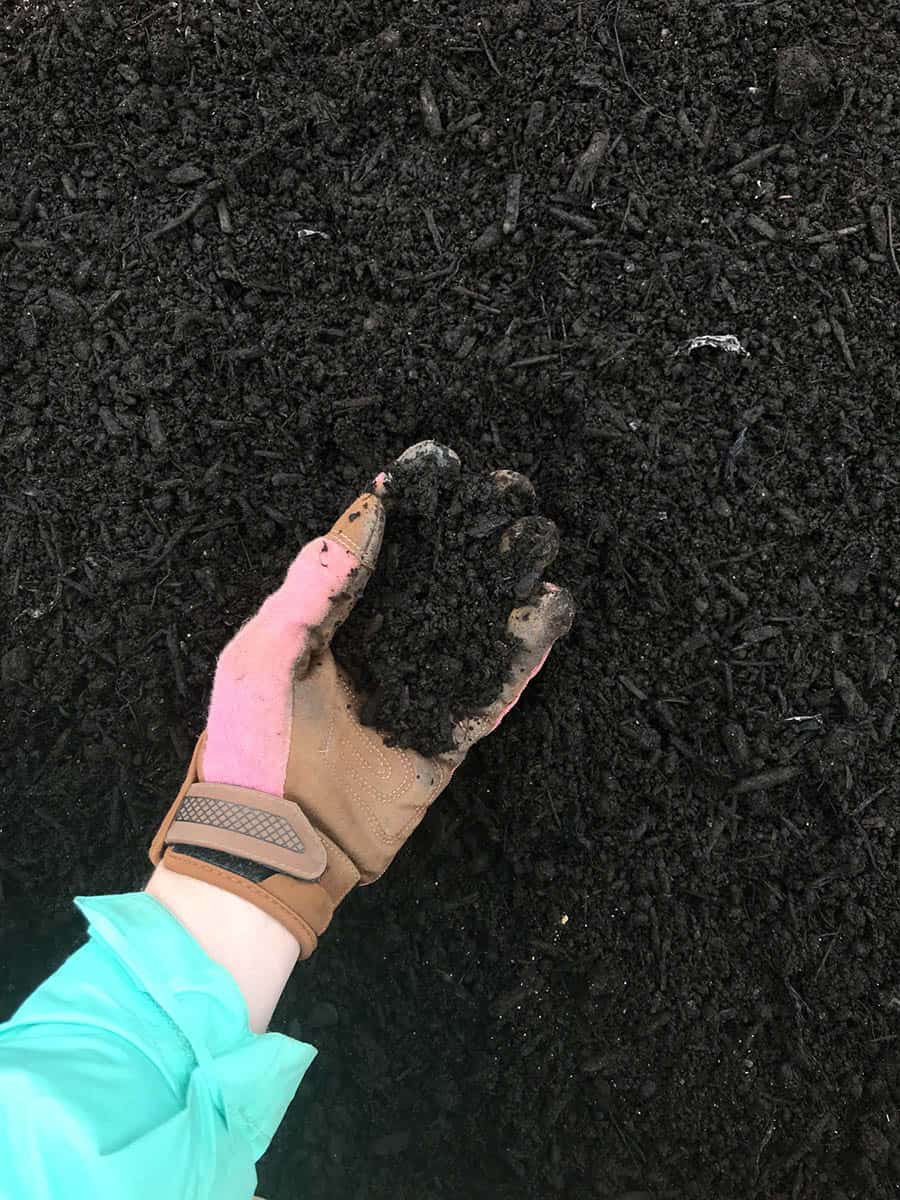
What are the different soil types?
No matter if you used the soil on hand or you brought in soil, you’ll want to assess the type of soil you have. Your soil condition/type is the way your soil behaves. The first step to figuring out your soil type is to grab a handful of damp, but not too wet, soil and explore it. Here are some of the most common soil types and how they’ll behave:
- Clay—Clay soil has a tiny particle size that tends to stick together and retain water. If you squeeze a handful of clay soil, it’ll typically stick together into a ball. Very dry clay soil may break or crack like a piece of ceramic.
- Sandy—Sandy soils have a large particle size, which allows water to flow through them easily. Sandy soil feels gritty, like sand, and the soil might run through your fingers, even if it’s wet. It won’t form a ball when you squeeze it.
- Silty—Silty soil is made up of particles that are bigger than clay, but smaller than sand. When wet, it tends to feel soft and slippery. It holds water well, but because of its small particle size, it does tend to erode easily.
- Loamy—The holy grail of soil types! Loamy soil isn’t exactly it’s own kind of soil type, but more a perfect combination of clay, sand, and silt soils. It is a crumbly, fluffy soil that has a great structure for water retention and draining.
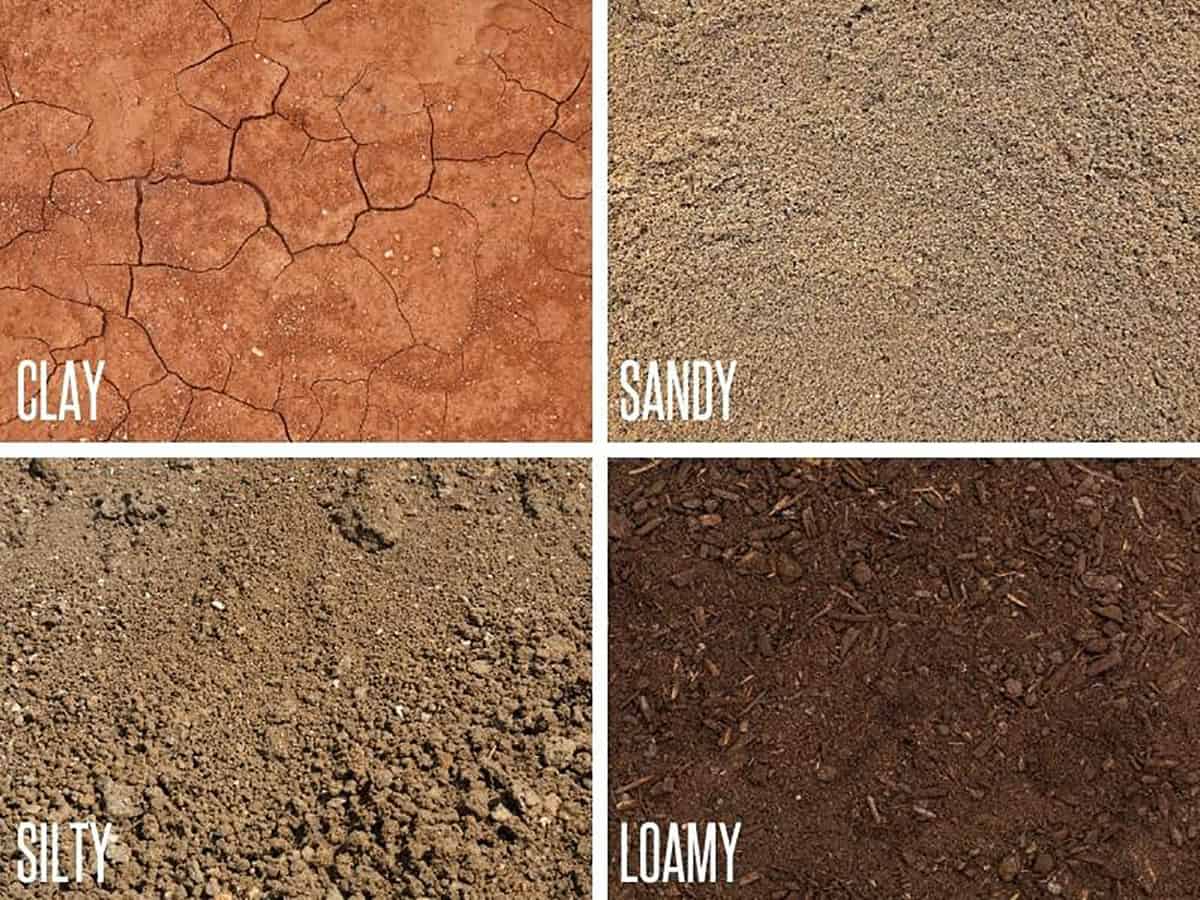
Conditioning Your Soil
Now that you know what type of soil you have, you can work on conditioning it to be the best for your plants.
There are a number of ways to change your soil condition, but the main one is by adding organic matter (i.e. compost, chopped leaves, peat, coco fiber, etc.). If your soil is too silty or too heavily clay, you can also add sand to help with drainage. We have clay-heavy soil, so we tend to add lots of compost and some sand to each bed every season to help loosen up the soil and help with drainage. It’ll take a little bit of trial and error to figure out which amendments will get your soil condition right.
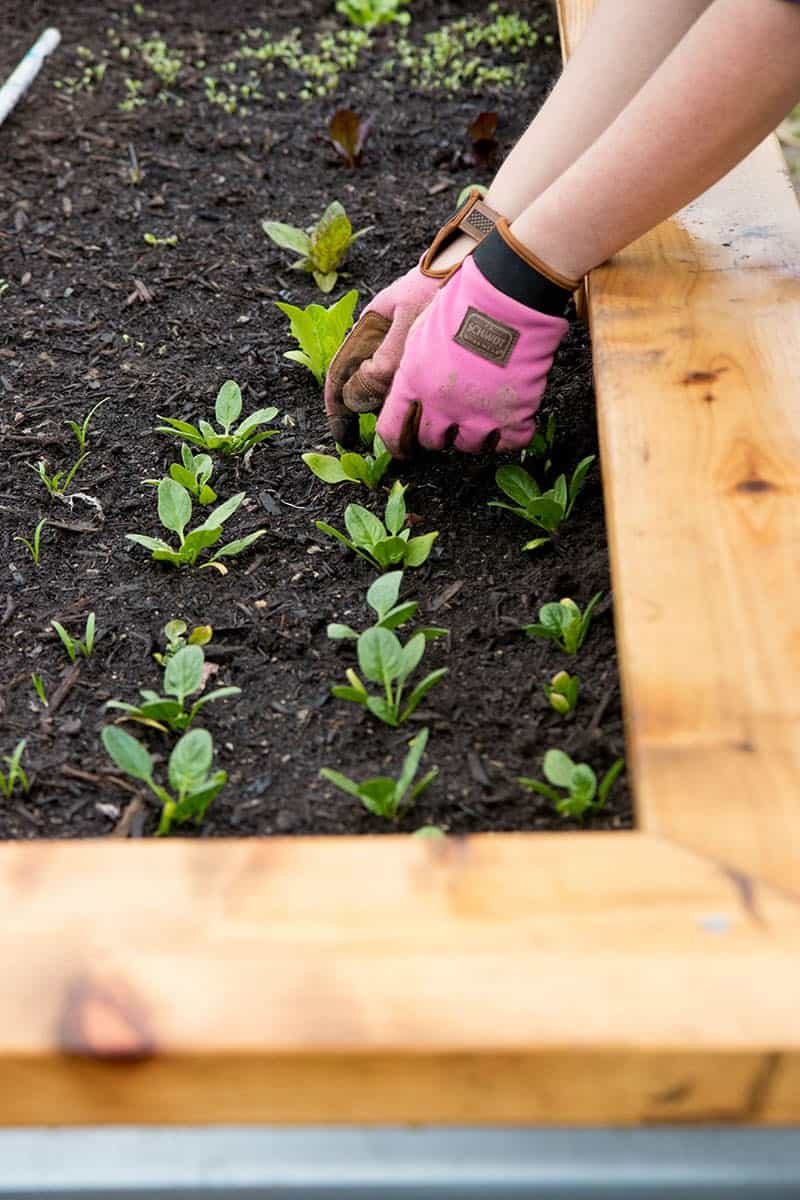
Your Soil’s pH Levels
We’re big believers in regular soil testing here at Growfully. If nothing else, you at least need to know the pH level of your soil before growing. The soil pH tells you the acidity level of your soil. The pH range goes from 0 (very acidic) to 14 (very alkaline), with 7 being neutral. Most veggie and fruit plants thrive best in a soil that is slightly acidic—right around the 6.5 pH mark.

If you are working with a soil whose pH isn’t optimal, your yields will be drastically reduced, and the susceptibility of your plants to insects and diseases skyrockets. Knowing your soil’s pH is the single most important piece of information you can have about your garden. Some plants like it more acidic (blueberries!) and others more alkaline (asparagus!) but in general, if you get to around that 6.5 pH mark, you’ll have lots of success.
Soil Testing
So how do you know what the pH level of your soil is? Well, you test it! There are numerous ways to test your soil, but we highly recommend a two part strategy:
- Get on a regular schedule of soil testing from an agricultural laboratory. These will give the most accurate results and give you a ton of information to help your plants thrive. These tests are less than $10 each, and you can get information about where to get soil testing done from your local extension office. We recommend getting your soil tested every 2-3 years—more frequently if you are trying to do large soil renovation.
- Buy a high-quality home pH meter. Most home soil tests are very inaccurate, but home pH meters are pretty reliable. Having this on hand is particularly helpful if you are trying to move your pH by a full point or more—you can use the meter to regularly check in on your pH without sending out a soil sample for testing.
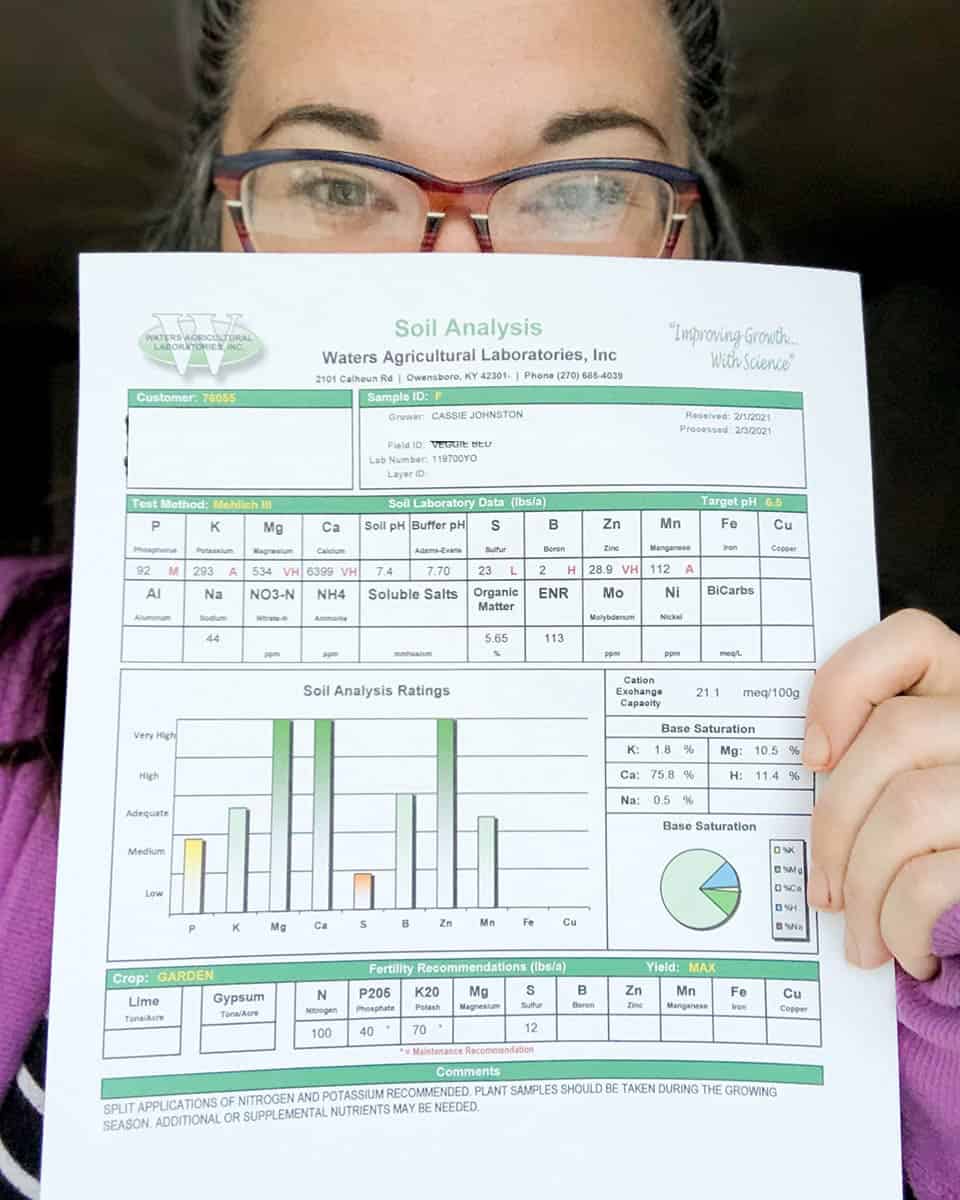
Your Soil’s Nutrients
There are three main nutrients in garden soil that you have to keep an eye on: potassium (K), nitrogen (N), and phosphorus (P). There are numerous trace minerals as well, but those are the big three. In general, most garden plants like balanced levels of each nutrient in the soil.
Once you are a little more advanced in your gardening knowledge, you can start to play with the nutrient levels in your beds—greens, for example, do well with a bit more nitrogen—but for now, you want your nutrient levels to be in the adequate/normal range. You can find out this information from a good basic soil test.
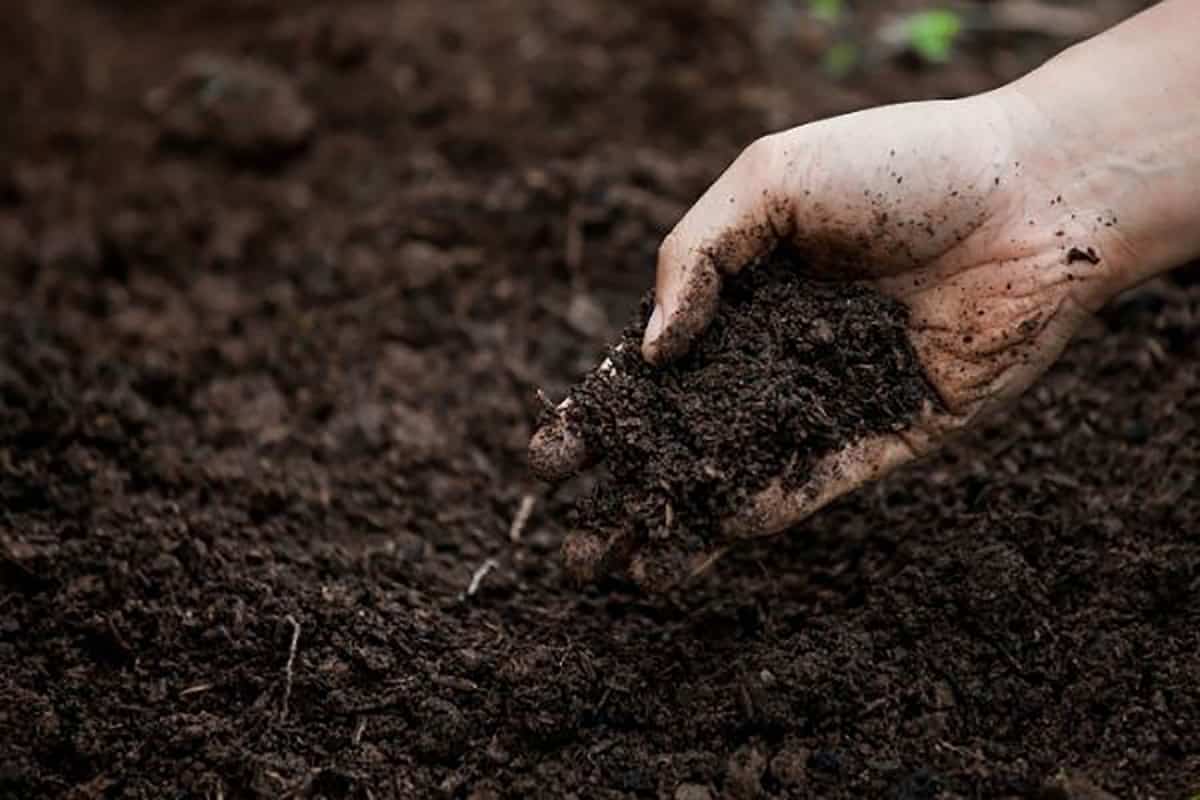
Compost: The One Thing That Will Always Make Your Soil Better
No matter what your nutrient or pH levels are, the one thing that you can always do to make your garden soil better is to add in well-rotted compost. You really can’t get too much compost. And it’s going to help you with both soil conditioning and soil nutrients. They don’t call it “black gold” for nothing.
Cover Crops: The Next Level of Soil Building
We’re going to keep this article beginner friendly, so we won’t dive too deep into cover cropping, but do be aware that planting cover crops (crops that are specifically grown in the garden for the purpose of soil health) is a great way to make your soil top-notch. There are dozens of different cover crops (AKA: green manure) with different purposes—some add nitrogen, some break up heavy clay soils, some block weeds—and it’s a great technique to get into if you are really interested in maximizing your soil health.
At the Growfully Gardens, we try to cover crop each of our beds at least once a year with a cover crop blend to add nitrogen and organic matter to our soils, and we’ve had wonderful results!
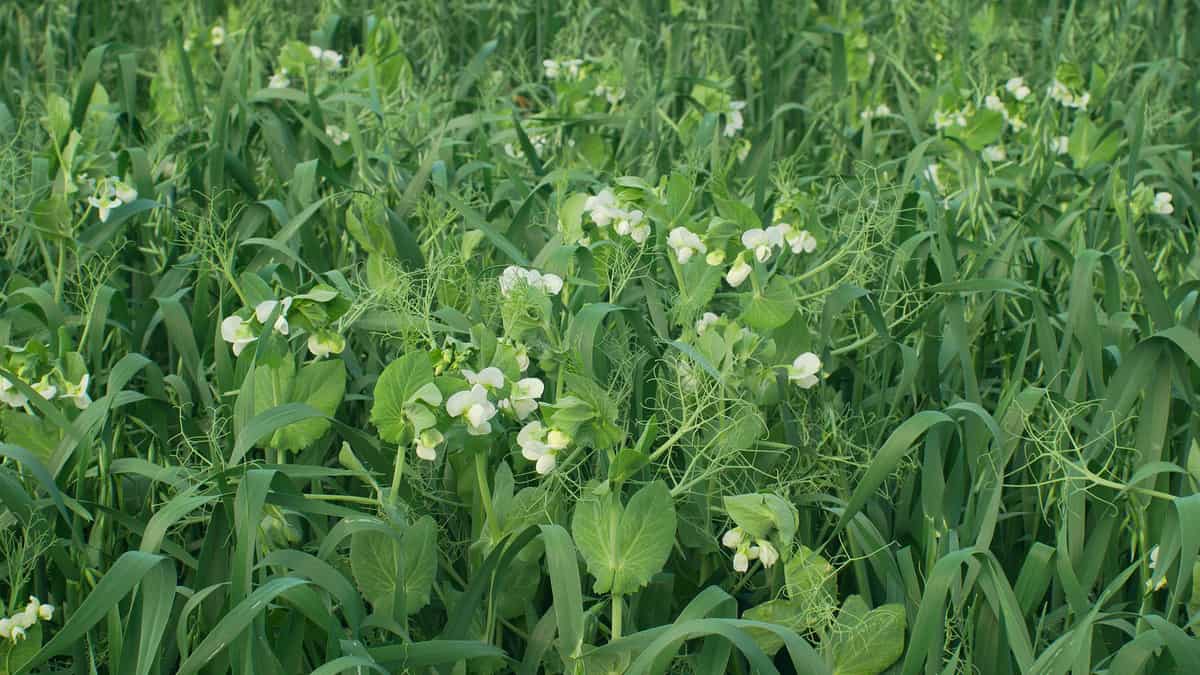
Keeping your Soil Healthy
Water, wind, growing plants, and seasonal changes all can impact the health of your soil, so it’s important to keep on top of your soil building. Amending your soil is not a one-time thing—most gardeners get on a regular schedule of amending and managing their soil to keep it healthy year after year.
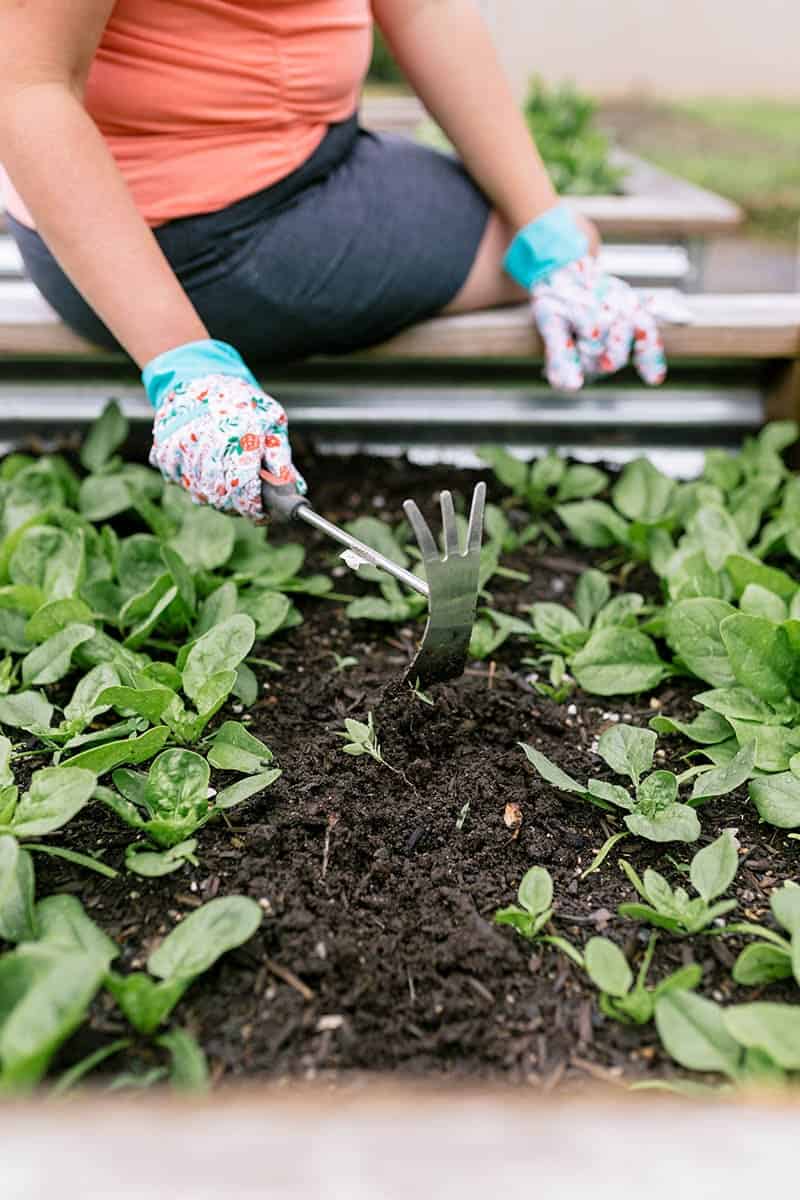
In fact, many gardeners don’t think of themselves as people who grow plants, but instead, people who grow good soil—it’s that important!

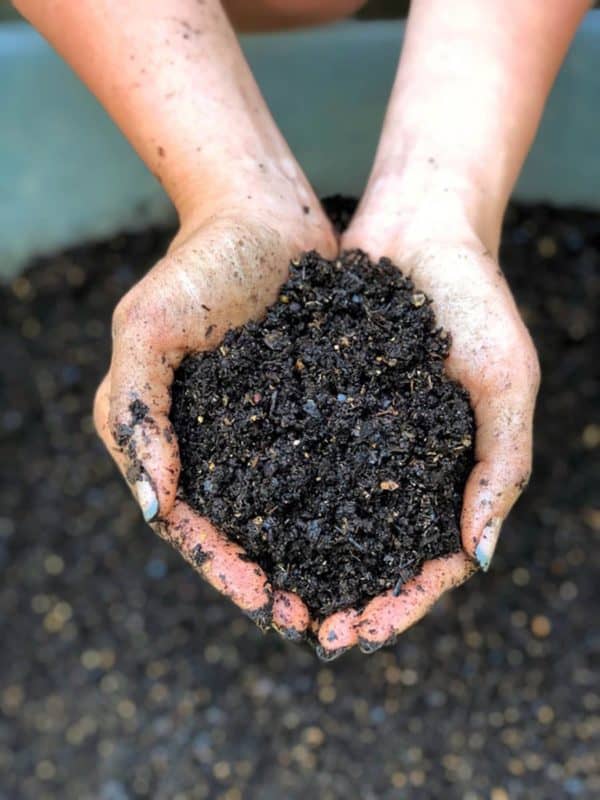






Thank you for explaining that some soil found in your backyard is toxic to the plants on your lawn. That’s probably why my mother wants to buy special soil for her garden. I should advise her to look for a store that sells a wide selection of quality soil supplies.
Thanks for all of your thoughtful comments and tips on your entire website! I have a large lot and building a 1,800 sf garden this year with raised beds – my first ever. I never knew maintaining the correct soil was so important but I do now.
Thanks for the kind words! Happy growing!
Wow, I never knew how our soil’s quality could have such a big impact on a garden’s health. The other day, we decided to start a gardening project, so we’re eager to learn everything we can about gardening. My wife and I want to buy gardening tools and supplies next weekend, so we’ll be sure to look at soil types. Thanks for the advice on how good soil helps our plants grow easily.
I loved how you mentioned that you can get weed-free soil. My husband and I decided that we want to look into starting a garden in our backyard in a couple of weeks, and we want to make sure that we can get the right soil for it. We’ll make sure to keep these tips in mind as we search for soil to get for our new garden!
Thanks for pointing out that getting a regular schedule from a soil testing laboratory would definitely give the most accurate result with tons of information regarding the plants’ health. I will definitely look for certain professionals to really get the services that I need to start a vegetable garden in my backyard. It has been my dream now that I am also going to try to be a vegan by next year.
I am grateful that this post stressed that it is important that we use good soil for our plants or our garden as it encourages healthy growth. My wife mentioned that she is looking to start gardening. I will definitely remind her of the importance of using good soil.
I want to make sure that I have good soil in my garden. It makes sense that using the right compost would be important. That seems like a good way to ensure that I put everything together properly.
Great info! I think I will have my soil tested this year by our extension!